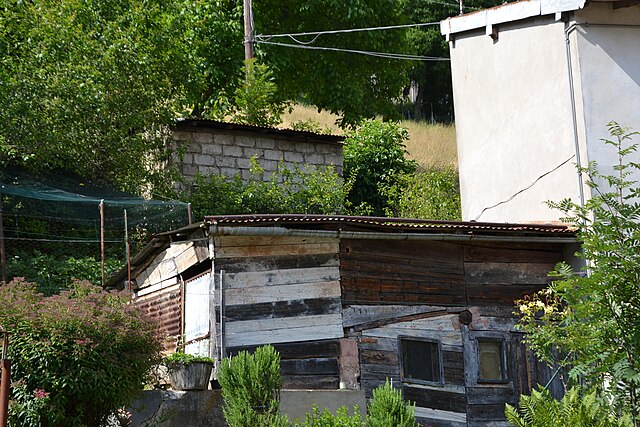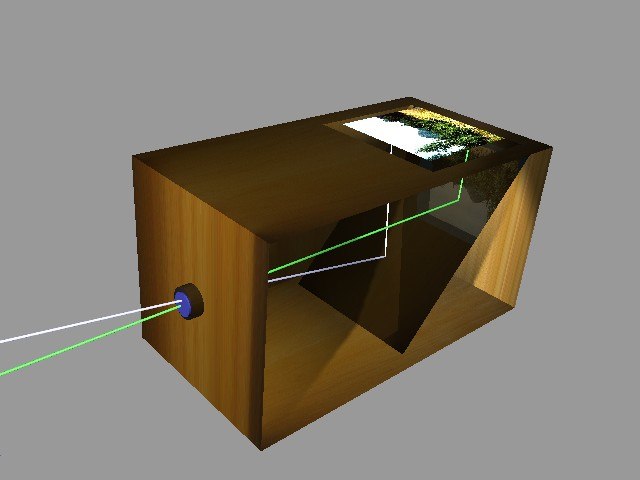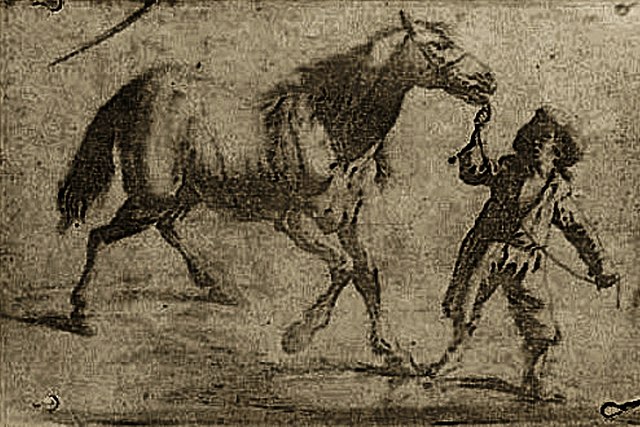In photography, exposure is the amount of light per unit area reaching a frame of photographic film or the surface of an electronic image sensor. It is determined by shutter speed, lens F-number, and scene luminance. Exposure is measured in units of lux-seconds, and can be computed from exposure value (EV) and scene luminance in a specified region.
White chair: Deliberate use of overexposure for aesthetic purposes
Two similar images, one taken in auto mode (underexposed), the other with manual settings
Buildings and trees photographed with an autoexposure time of 1/200 s
A street view of Taka-Töölö, Helsinki, Finland, during a very sunny winter day. The image has been deliberately overexposed by +1 EV to compensate for the bright sunlight and the exposure time calculated by the camera's program automatic metering is still 1/320 s.
Photography is the art, application, and practice of creating images by recording light, either electronically by means of an image sensor, or chemically by means of a light-sensitive material such as photographic film. It is employed in many fields of science, manufacturing, and business, as well as its more direct uses for art, film and video production, recreational purposes, hobby, and mass communication.
Photographers at the Chicago Old Town Art Fair in 1968
A camera obscura used for drawing
Earliest known surviving heliographic engraving, 1825, printed from a metal plate made by Nicéphore Niépce. The plate was exposed under an ordinary engraving and copied it by photographic means. This was a step towards the first permanent photograph taken with a camera.
View of the Boulevard du Temple, a daguerreotype made by Louis Daguerre in 1838, is generally accepted as the earliest photograph to include people. It is a view of a busy street, but because the exposure lasted for several minutes the moving traffic left no trace. Only the two men near the bottom left corner, one of them apparently having his boots polished by the other, remained in one place long enough to be visible.








